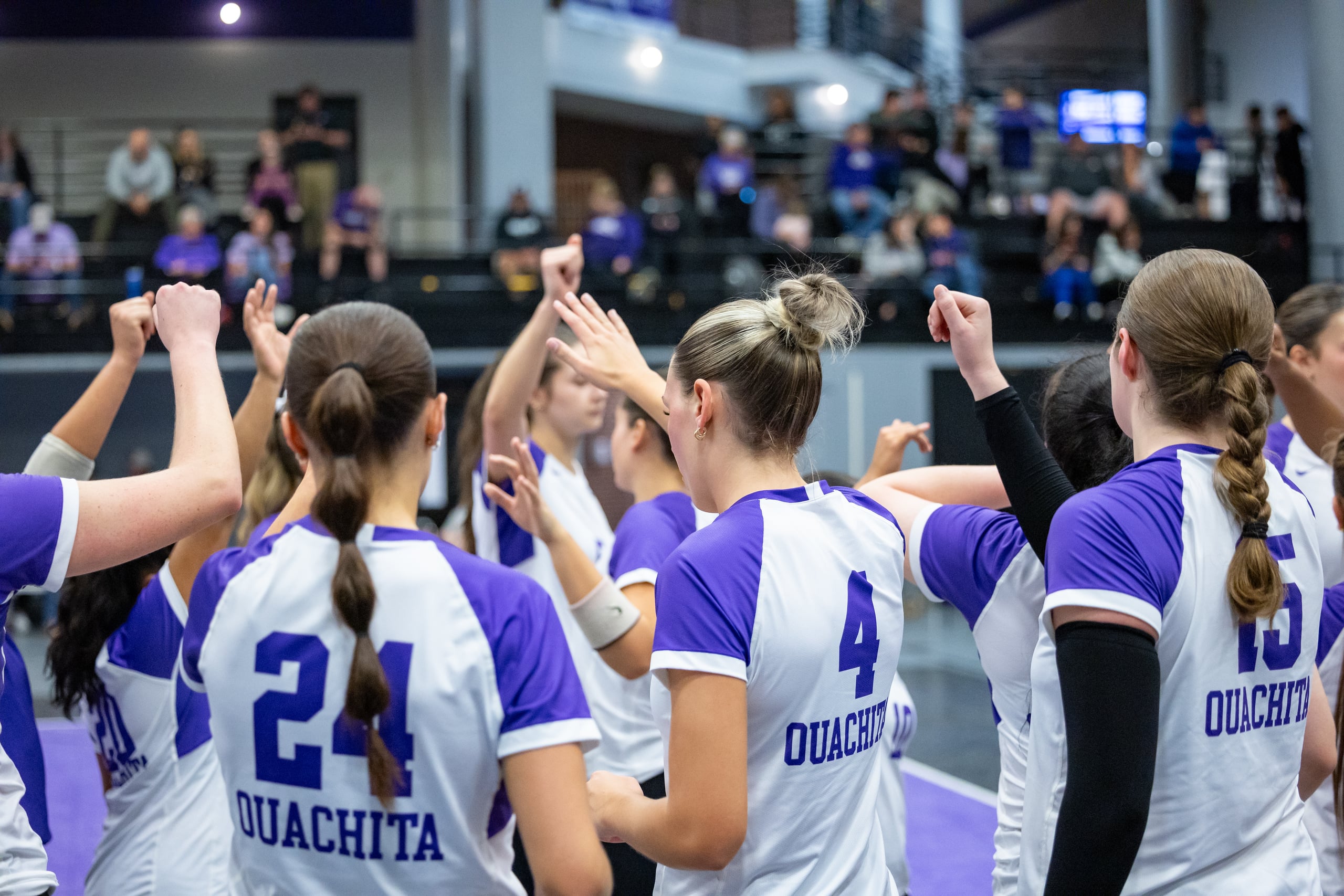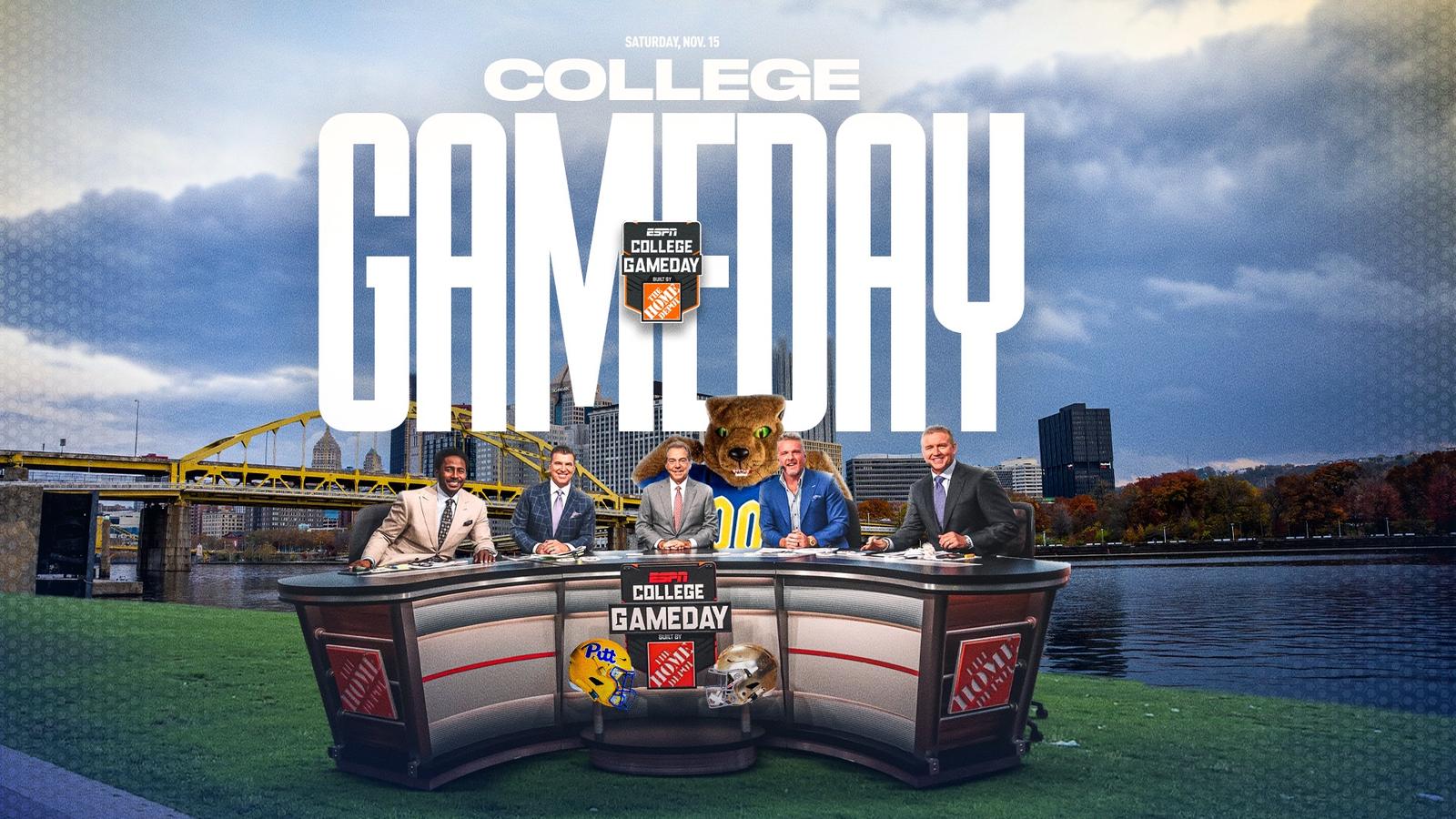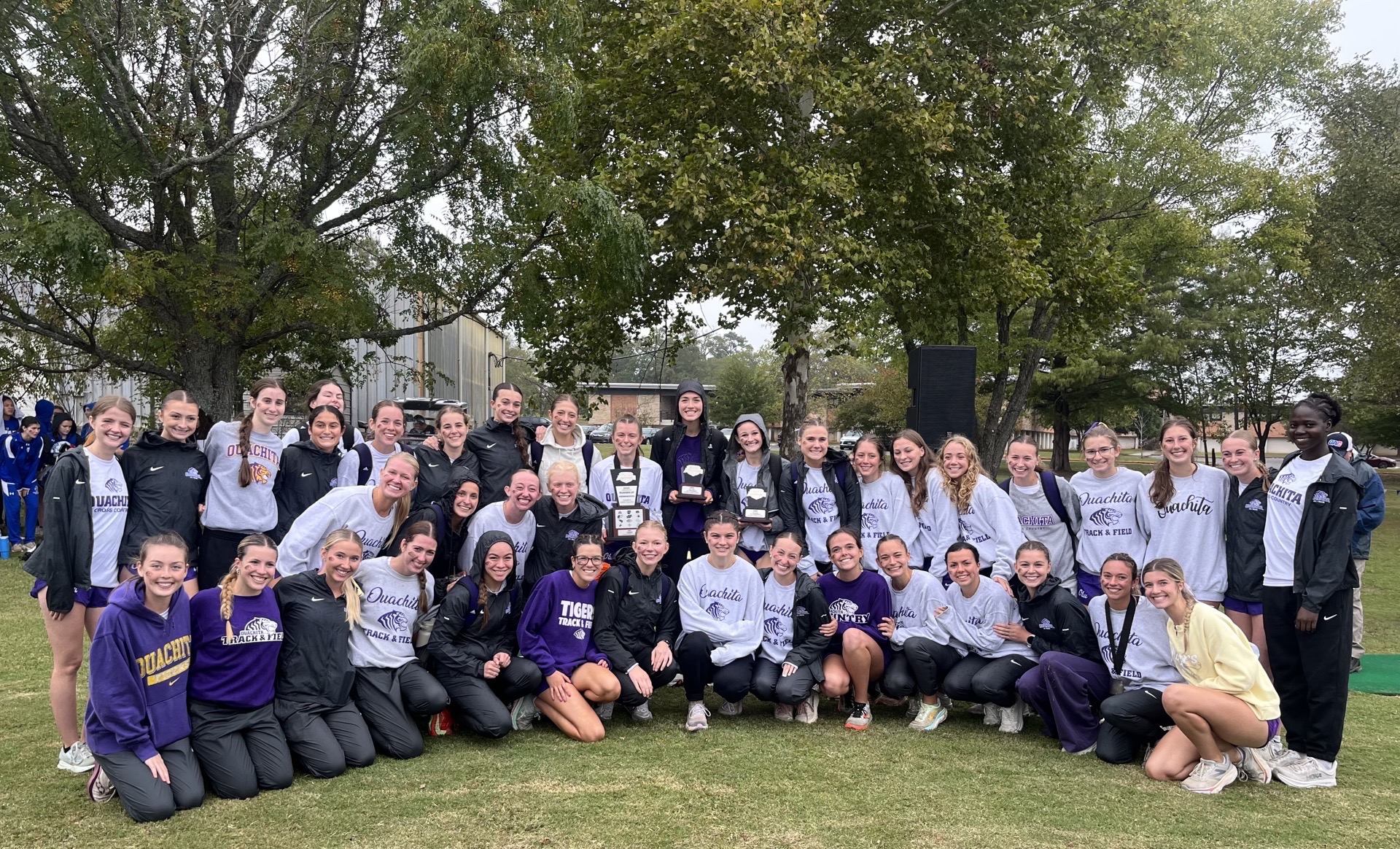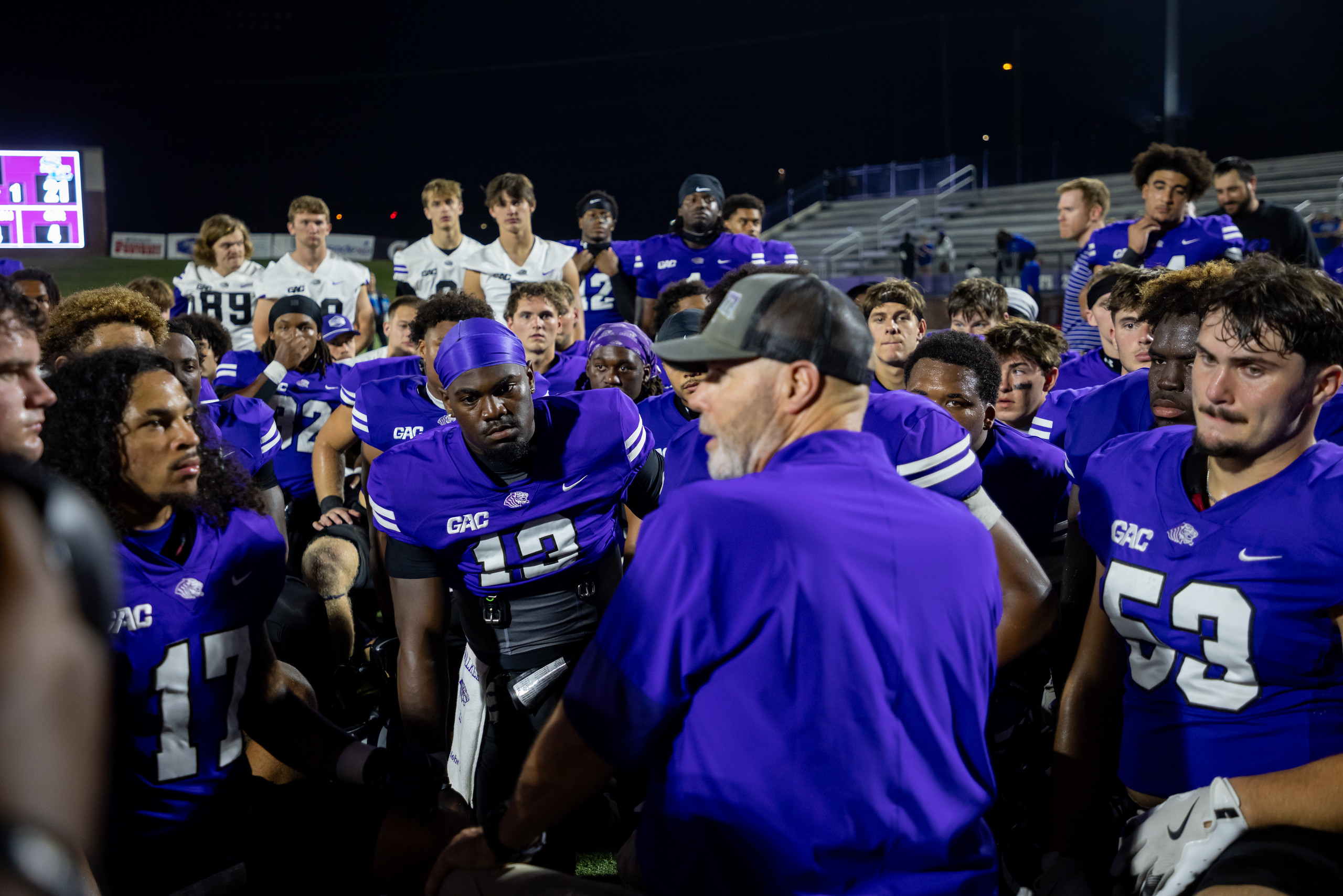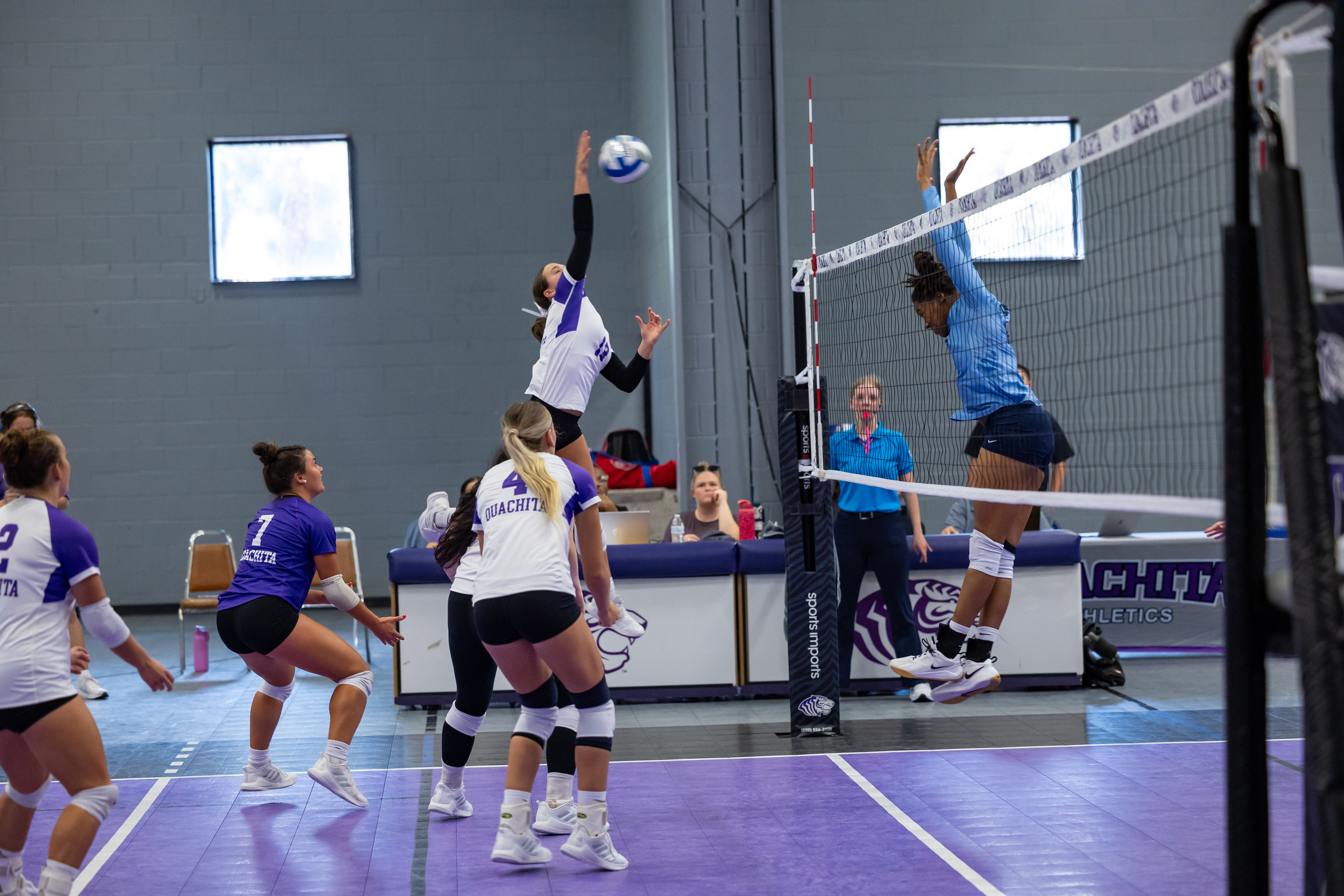Athletic trainers serve a significant purpose for every club, league or school. These trainers emphasize the value of helping both amateur and professional athletes in every sport, whether it be treating an injury or helping enhance player fitness.
At Ouachita, athletic trainers assist student athletes throughout the year. They serve a variety of purposes to make sure the players are healthy and performing at a high level. Each day may bring about different tasks for trainers to consider while on the job.
“For my typical day, I usually schedule four to five rehabs,” said Assistant Athletic Trainer Ashleigh Harris. “If I’m not working around an athlete, I do paperwork. In the afternoon, I do anything from getting the water ready for them to watching them during practice.”
Though each day brings about a new opportunity to help a student athlete, many days can be strenuous and challenging. Athletic trainers are necessary for every sport, but Harris works primarily with men’s and women’s soccer as well as wrestling and baseball. For Harris, learning how to balance her time around each sport is key to having success in the field.
“It’s important to be aware that athletic training takes a lot of time, but if you love it, it’s definitely worth it,” said Harris.
Although some sports require more athletic trainers to be available, all sports at all age levels deal with injuries. At Ouachita, trainers are assigned to different sports throughout the year to travel with the teams and be accessible. They often attend practice and games to provide athletes with treatment, such as applying bandages or braces.
Professional sports, especially football, deal with many instances of injury throughout the year. Head athletic trainers are assigned to different NFL teams to facilitate sports medicine and player performance. Often, trainers begin at universities or high schools to grow experience with athletes before progressing to another opportunity; however, many also remain with their original job location for years with the potential to receive a higher position. The head trainers often collaborate with assistant athletic trainers, much like at Ouachita, to help provide aid to athletes on the team.
“I work with Kyle Bowles who is Ouachita’s head athletic trainer,” said Harris. “We work together every day and very closely to alternate rehabs with our people, or we bounce ideas off of each other.”
The path to becoming a certified heath care professional can be demanding, as it requires a master’s degree as well as passing the Board of Certification examination. Fortunately, opportunities are available for students at Ouachita to experience athletic training from observing a professional in the department, such as Harris or Bowles, to hands-on activities. Students in work study positions can attend games to gain knowledge in the situations that occur with athletic training at the collegiate level.
Though the field of athletic training is competitive and requires constant management with teams and players, the job demand is expected to increase over the next five years, per myfuture.com. Employment may grow over 20 percent over a 10-year span from 2014 to 2024. The need for athletic trainers is increasing, and players also need all the assistance they can get to maintain a healthy, physical performance in their particular sport.
Unfortunately, athletes sometimes have severe injuries that may threaten their athletic career. Trainers understand the importance of recovery and how to properly engage the procedure. They address the dangers of sports through their specialization in health and timely assistance. Harris, who played soccer at Emporia State University, recognizes the requirement for athletic trainers in every sport.
“I know what it’s like to be injured,” said Harris. “That’s why being able to watch other people get better and be able to play again is the most rewarding part of my job.”
By Will Johnson, sports editor


